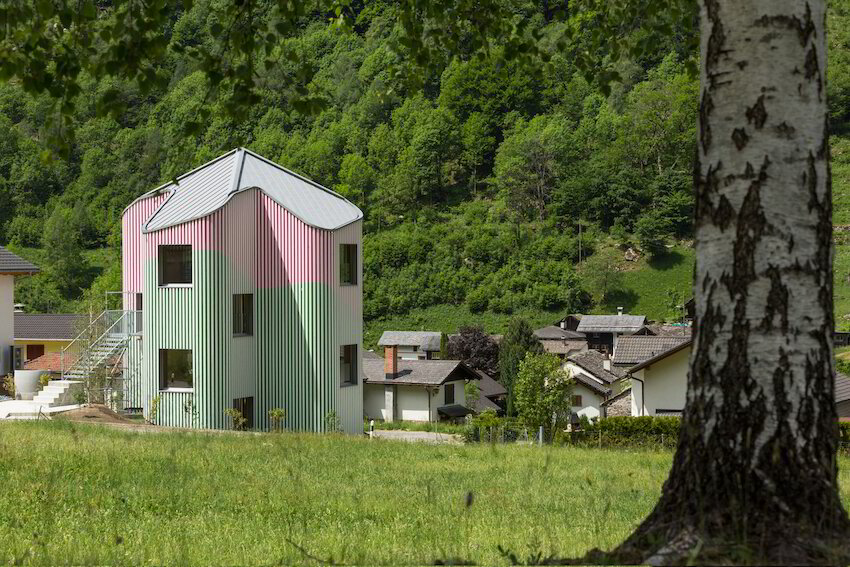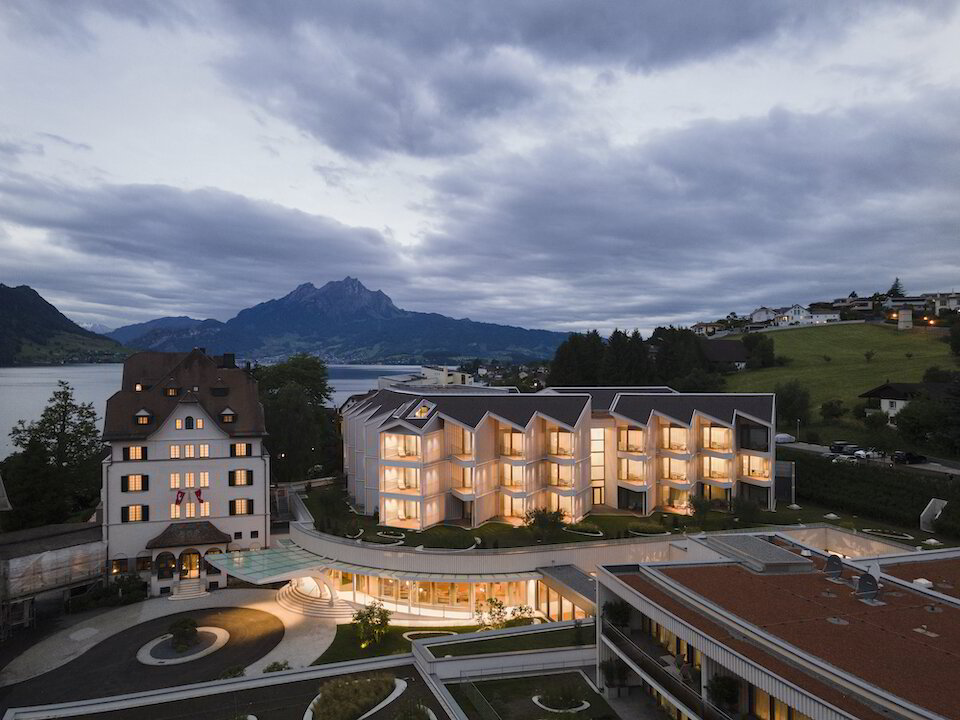

| CANVAS OF PLANS & DRAWINGS |
INTERIOR & DÉCOR, but with a twist |
| HOTELS & RESTAURANTS, beyond mainstream |
Notes on ART |
| Into big AFFAIRS | INSIDERS |
| GLIMPSES | |
Keywords:

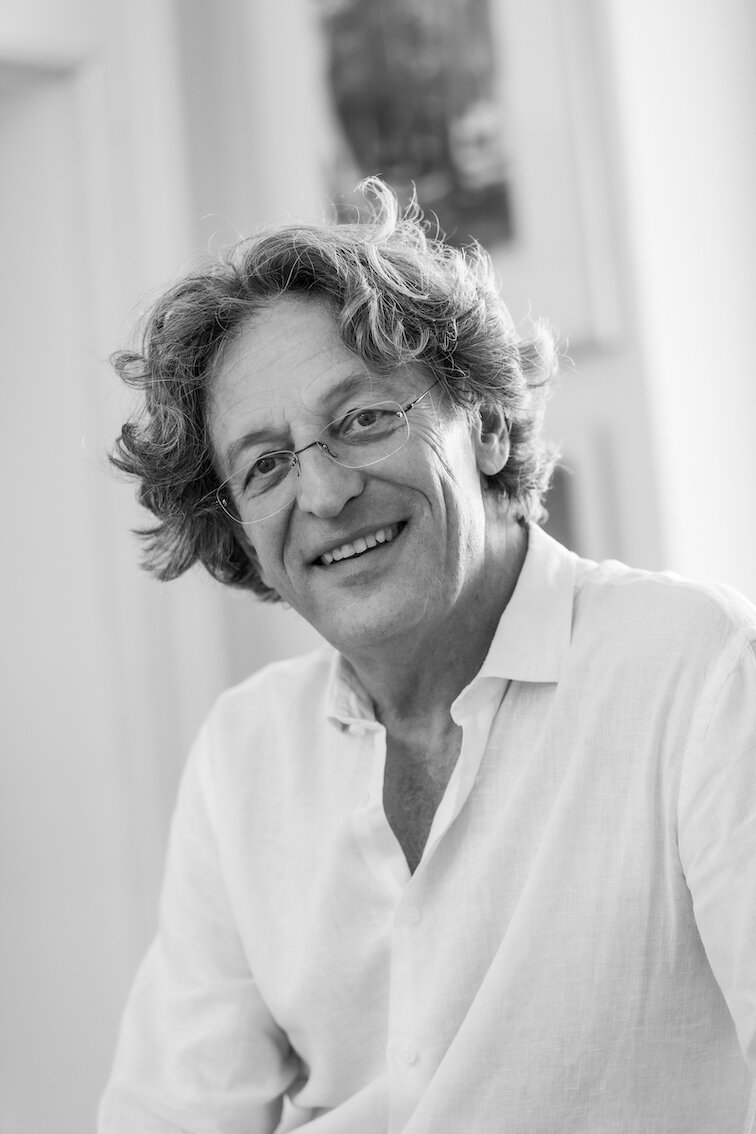
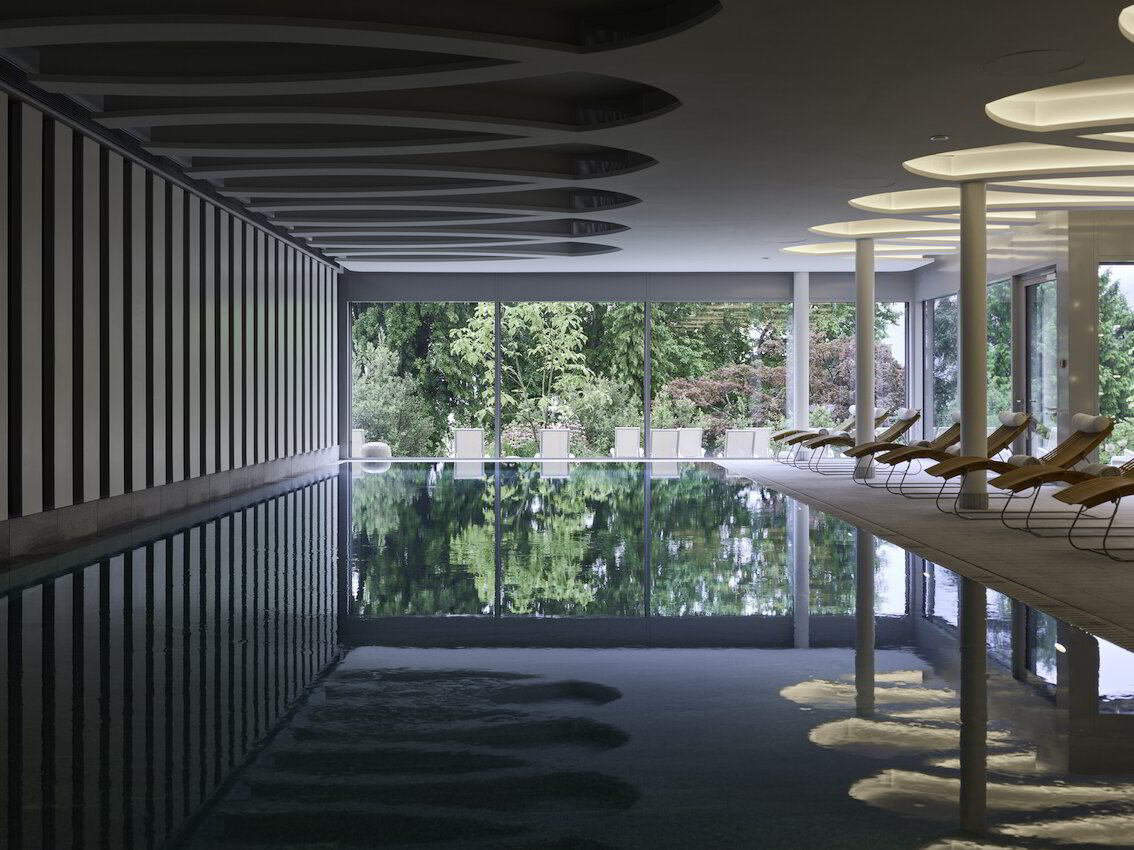
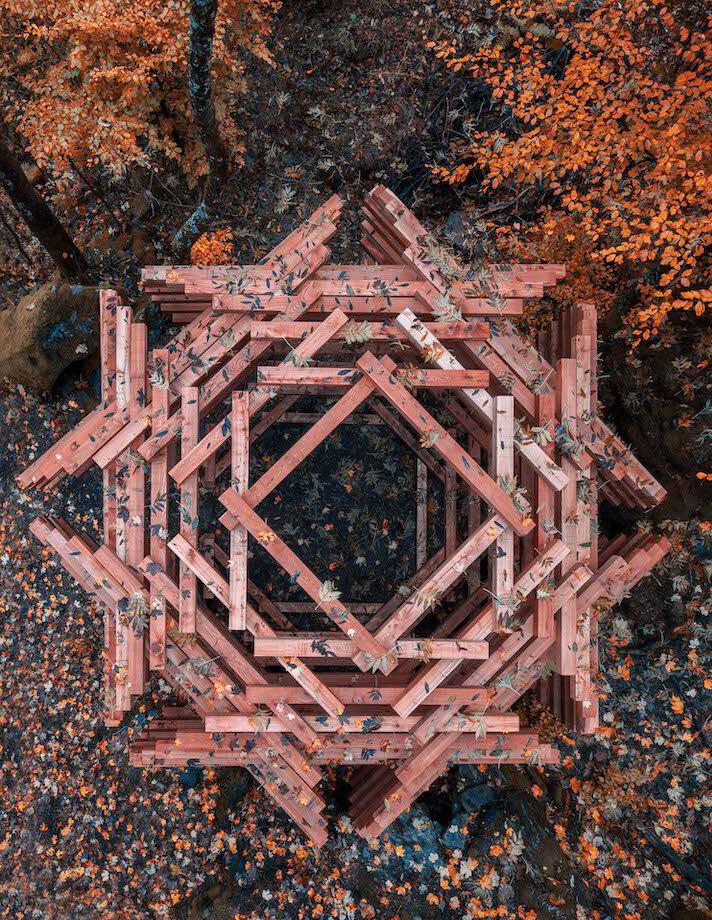
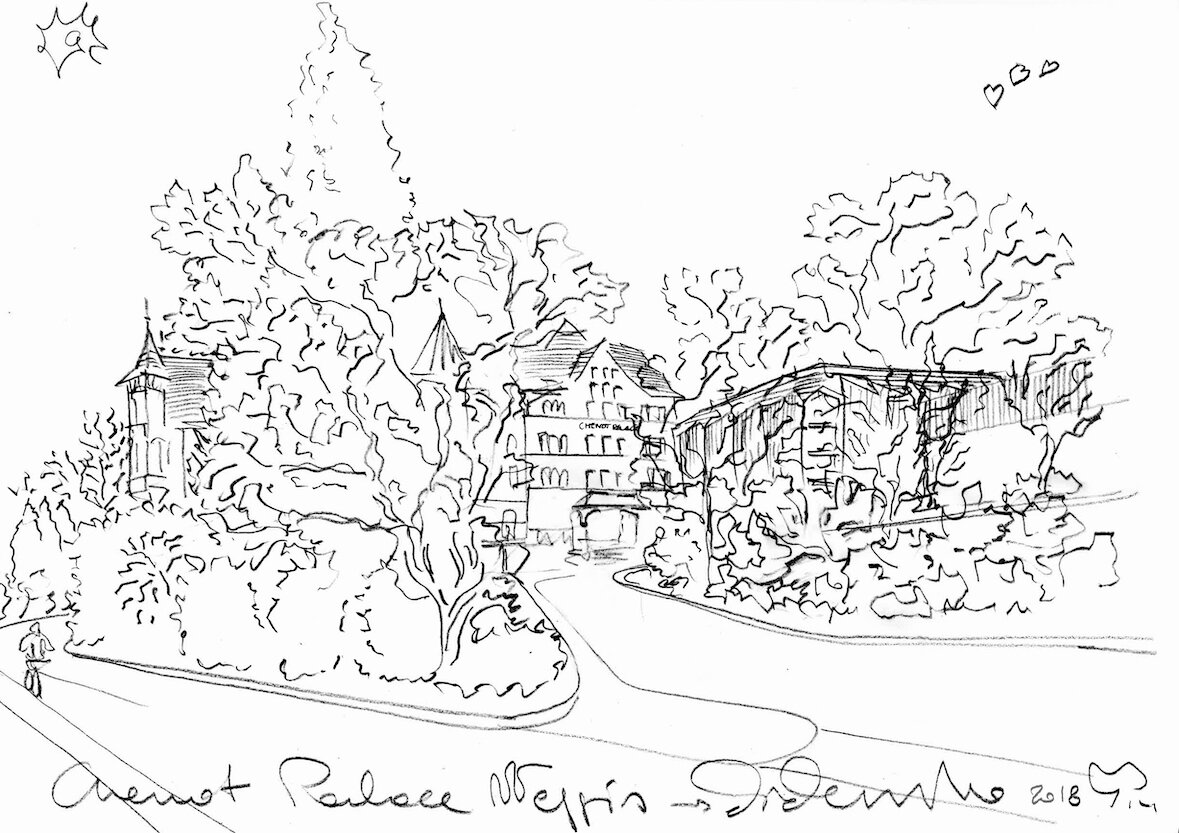
“To design you have to fill a line with emotions, reason and love. When this line becomes a wall it will release in time the emotions, the reason and the love with which this wall has been drawn”.
